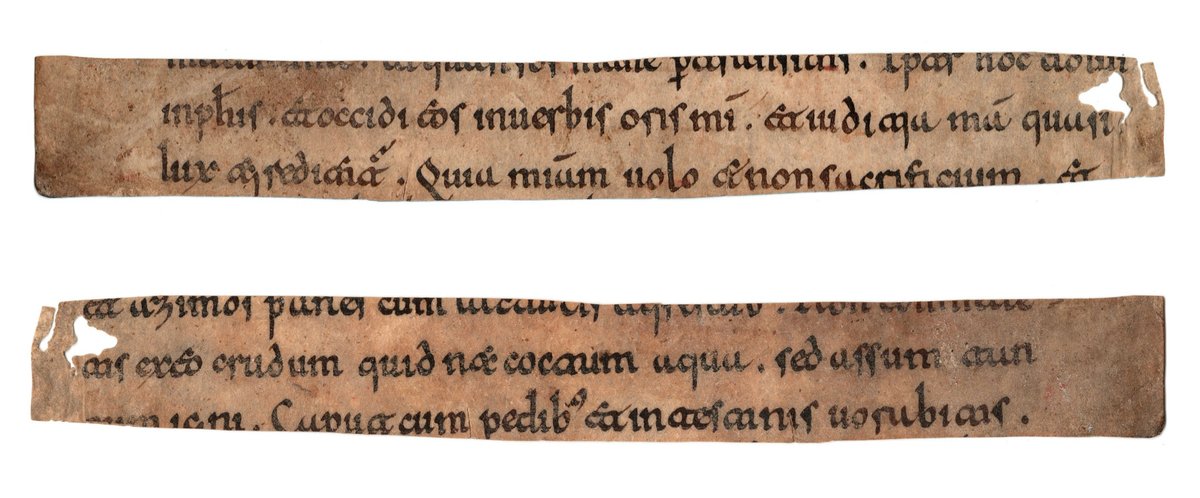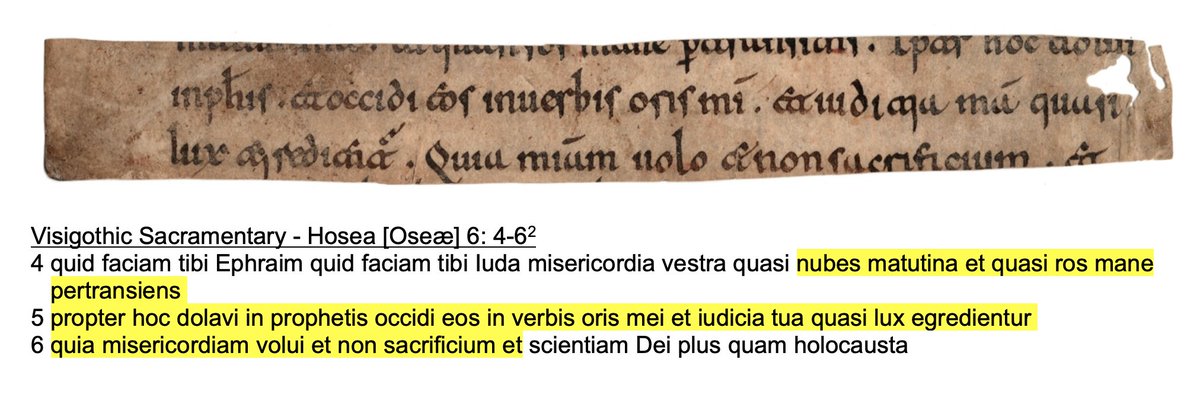
"After the 15th century, Hebrew printed matter barely existed [...] until the 1800s."
This disgracefully, comically, ignorant new article on @atlasobscura by @K_Chernick should be withdrawn to avoid further embarrassment for all concerned.
atlasobscura.com/articles/hebre…
This disgracefully, comically, ignorant new article on @atlasobscura by @K_Chernick should be withdrawn to avoid further embarrassment for all concerned.
atlasobscura.com/articles/hebre…
A good overview of the vast, enormous, gigantic, immense, mammoth, cosmically colossal range of Hebrew printing between 1500 and 1800 can be found here:
jewishvirtuallibrary.org/hebrew-printing
jewishvirtuallibrary.org/hebrew-printing
Aside from the bizarre misreading of the entire history of Hebrew printing, the article's fundamental premise is wrong: large wooden type in what the author calls "the ancient Levantine script" is not rare - you can buy buckets of it every day on eBay and elsewhere. 1/2
Large wooden type like this - in all scripts, Hebrew included, was produced in vast quantities in the 19th c. for use in newspapers & advertising materials of all types. Because it's rather decorative in its own right, it has a much higher survival rate today than metal type. 2/2
"The language’s long tradition of being used for handwritten religious texts [...] also stunted the development of its print typography."
"Stunted"? And the language that the kind of wooden type she's talking about was used for wasn't Hebrew in the first place - it was Yiddish.
"Stunted"? And the language that the kind of wooden type she's talking about was used for wasn't Hebrew in the first place - it was Yiddish.
I've already had phone calls this morning from several Hebrew printers about this @atlasobscura article.
Daniel Bomberg: "So tell me, what was my Talmud? Chopped liver?"
Menasseh ben Israel: "Oy gevalt"
Daniel Bomberg: "So tell me, what was my Talmud? Chopped liver?"
Menasseh ben Israel: "Oy gevalt"
It's upsetting to see how often this article has already been quote-tweeted, by well meaning people who, through no fault of their own, have taken the author's bizarre claims at face value. We are literally watching a wildly false narrative being created online in real time.
Other fundamental premises of the article are also wildly wrong:
1. No historian of the Hebrew book - not a single one - would say that the 15th century was the Golden Age of Hebrew printing, as the author here does. They would all locate it, if pressed, in the 16th or 17th cent.
1. No historian of the Hebrew book - not a single one - would say that the 15th century was the Golden Age of Hebrew printing, as the author here does. They would all locate it, if pressed, in the 16th or 17th cent.
The first half of the 16th century, in Italy especially, was a glorious period for Hebrew printing, with the Soncino dynasty at its height, Bomberg's epochal Talmud editions, and Venice, Mantua and Bologna all with flourishing Hebrew printers.
Another "Golden Age" was in Amsterdam, staring from 1626 when the brilliant polymath Menasseh ben Israel set up the first Hebrew press there, and continuing into the first part of the 18th century with the Athias family.
2. Contrary to the author's claims, there is also nothing especially fragile about Hebrew type, and it's certainly not "stunted" (!) as compared to Roman type. The style of Hebrew lettering we use is in fact called "square script" precisely on account of its compactness.
During the period when the author says Hebrew printed material "barely existed" ie 1500-1800, we know of more than 20000 editions, totaling millions upon millions of copies. Countless hundreds of thousands survive today and they are found today in every major library in the West.
Good tweet-series by @humilius pointing out that contrary to what's stated in the article, the existence of a local Jewish community was NOT a prerequisite for Hebrew printing. Great print centers like Basel printed Hebrew books for a Europe-wide demand.
https://twitter.com/humilius/status/1381897575897399296
A correction or two here and there won't fix this article - the entire thing is a farrago of nonsense. Almost every sentence is somewhere on the scale from 'misleading' to 'wildly wrong'. @atlasobscura should withdraw this terrible piece, it's an embarrassment to their brand.
• • •
Missing some Tweet in this thread? You can try to
force a refresh



















